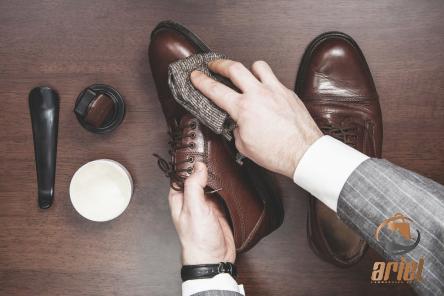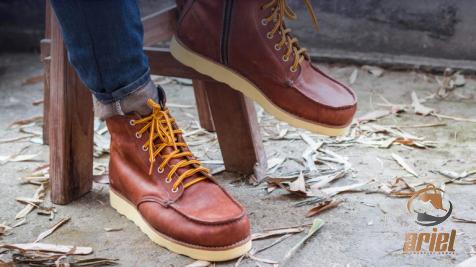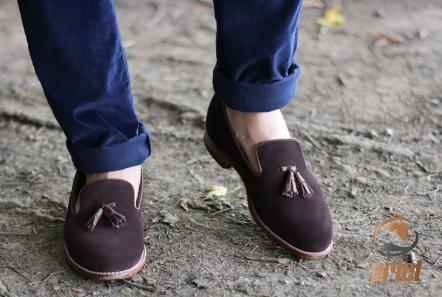Purchase and day price of leather shoes breathable
Each leather shoes need some crucial item to be protected and long-lasting
Conditioner of leather shoes is one of those items that make the inside of shoes more breathable
We only recommend goods we love and think you will, too
Our Commerce team may receive a share of product sales from this article
1-saphir medaille d’or renovator
One of the best leather conditioners for boots has a 4
8 rating and over 1,300 reviews on Amazon
Its mink oil-based composition combines the easiness of waxes and the saturation of oil
This product deep-conditions and restores color and shine to leather boots and other leather shoes, handbags, and accessories
It’s safe to use on all leathers and skins for cleaning, conditioning, smoothing, and polishing, according to the company
This one also won a gold medal at the 1925 Paris International Fair
This tried-and-true conditioner hydrates boots without darkening them too much from their original hue, and a little goes a long way

2- The handcrafted conditioner Huberd’s Shoe Grease, created in 1921, immediately became a favorite among outdoor enthusiasts in the damp Pacific Northwest
This beeswax blend is a waterproof leather conditioner for boots that restores uppers to a soft, flexible feel while nourishing with essential oils that prevent drying
100 years later, Huberd’s is still blended and poured by hand in the U
S
With a 4
8-star rating and more than 3,000 reviews, this solution has astonished Amazon customers with how well it protects and preserves leather boots
You can also put it on saddles, clothes, sporting equipment, or wooden tools to avoid drying and splintering
3- The budget-friendly conditioner There’s no greater deal than this $5 leather conditioner
This tin of mink oil is a cult favorite on Amazon, with over 10,000 reviews, including one from a fan who said it “restored 23-year-old Doc [Martens] to appear like new
” This leather conditioner develops a waterproof coating on boots to protect against water, salt, and perspiration
Use it to cure and preserve boots, handbags, jackets, caps, saddles, and baseball gloves
It dries quickly after application, according to reviews
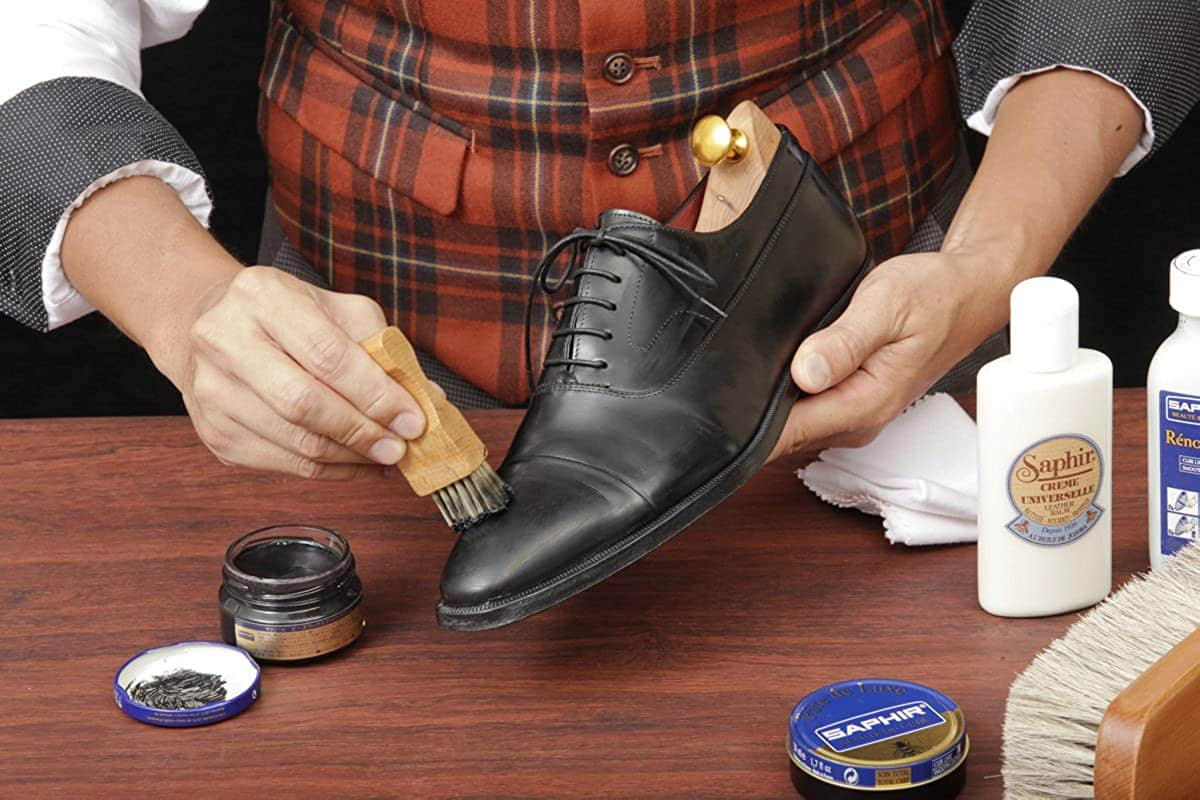
Leather Shoes Conditioner
There are leather conditioners that have received high marks and can be used to moisturize and protect leather shoes
Leather boots are a potentially expensive purchase, but with proper care, they can retain their pristine appearance for many years
The best leather conditioner for boots can moisturize your shoes with balm or oil, allowing them to keep their pliability while also preventing and treating damage to the leather
Many people use balms and beeswax blends as leather conditioners since they are simple to apply, which is especially beneficial if you are inexperienced in this area
Bear in mind, however, that although these more concentrated formulations are frequently used to protect leather, they are unable to soften the material in the same way that an oil conditioner can
However, some users may feel that pure oils are too slippery for application, therefore oil conditioners that contain oil penetrate more quickly into a leather boot
In particular, mink oil is a well-liked option for conditioning boots and helping to preserve them from the outside elements
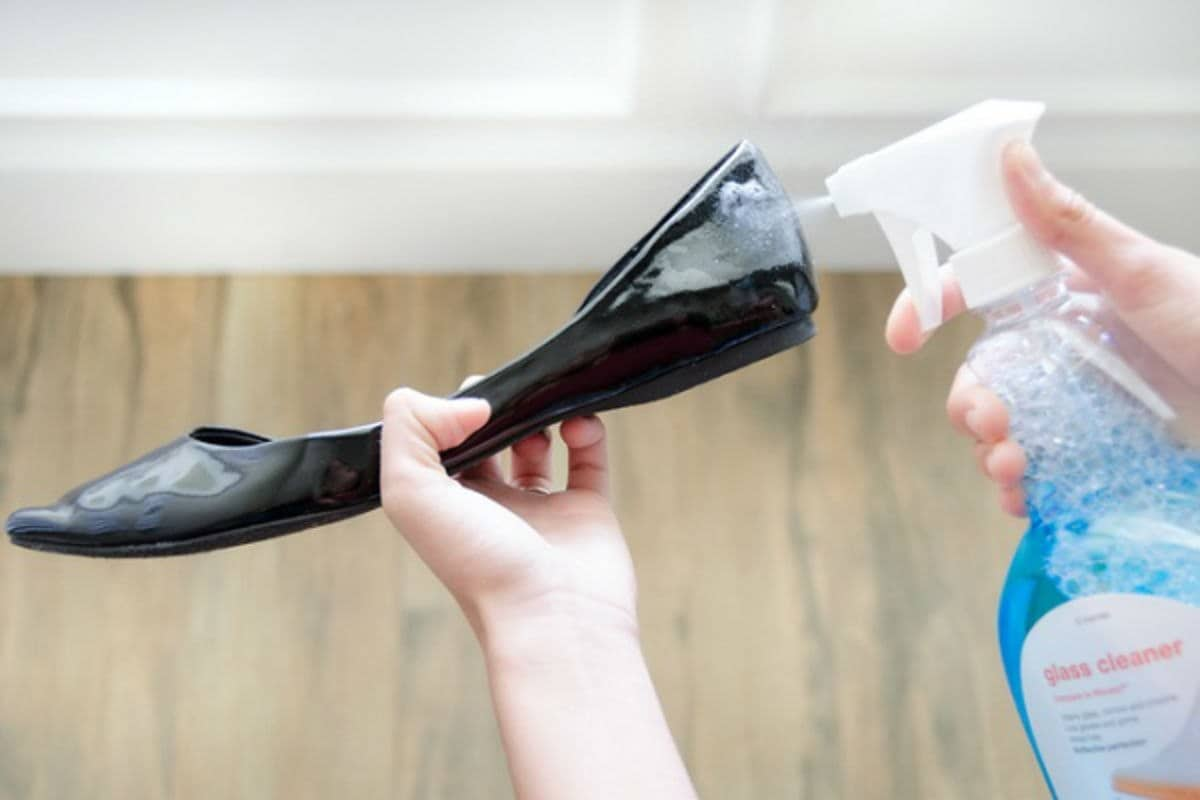
It is recommended by manufacturers that you test conditioners in a small, less noticeable region because they may darken your boots, and this way you can get a sense of what the overall effect will be
You can follow this recommendation regardless of which choice you make
Look for boot conditioners that offer protection against water, mold, and mildew if you spend a lot of time outside and want to give your boots an extra layer of defense
If you’re looking for a product that may serve many purposes, you might consider purchasing a conditioner that can also be used on saddles or bags made of leather
In light of all of this, the following is a list of the top leather conditioners that will keep your boots looking as good as new
On Amazon, each one has received a significant number of positive reviews, and there is even one that costs only $5 but will revitalize your beloved pair of boots
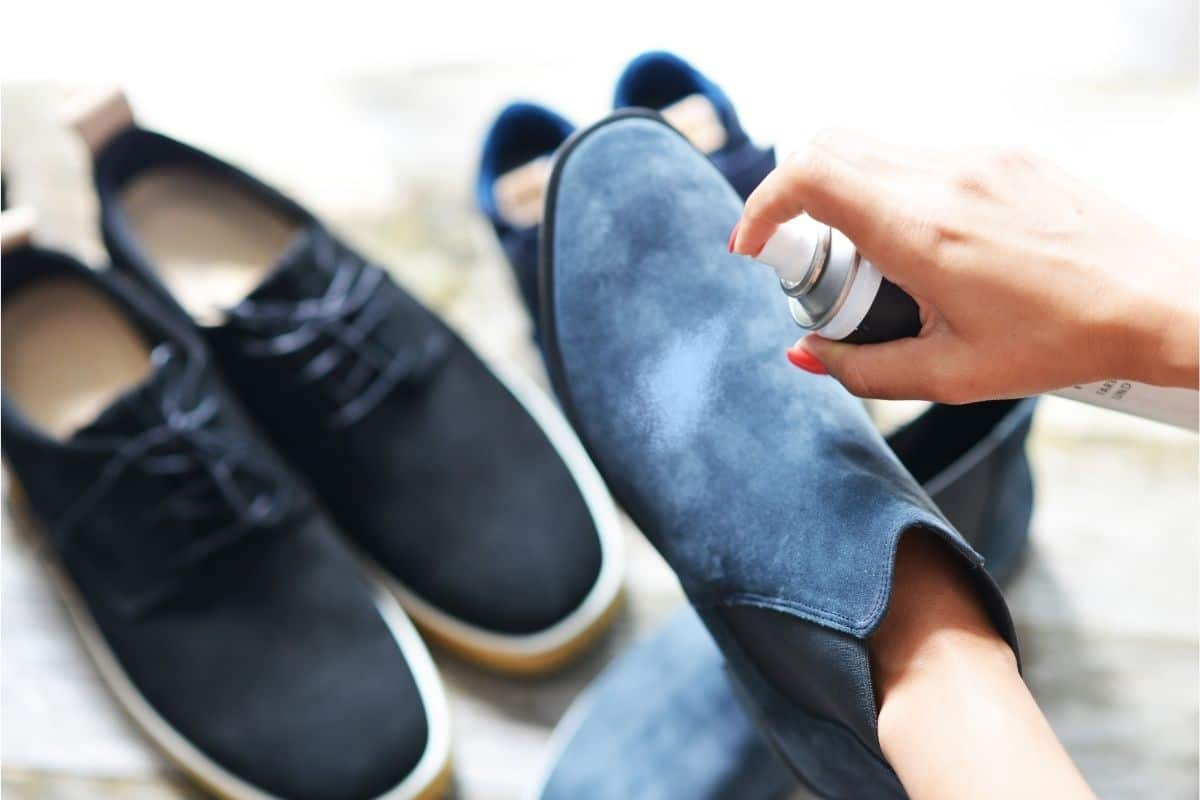
Leather Shoes Breathable
Shoes that are crafted from organic substances, such as leather, suede, nubuck, and canvas, are preferable for people who have sweaty feet because these fabrics, unlike so many synthetic fabrics, are naturally breathable
Shoes that are designed with particular breathable technologies are even more effective
All criteria are satisfied by the breathability of our sneakers
One of the unique qualities that distinguish leather shoes from footwear made from other materials is its ability to breathe
The ability of the leather to release moisture in the form of vapor is one of the primary properties of the material, and it is what sets it apart from other materials
This is particularly important when it comes to shoes
You will never perspire as much when wearing hiking boots made of leather that are warm, waterproof, and breathable rather than rubber boots
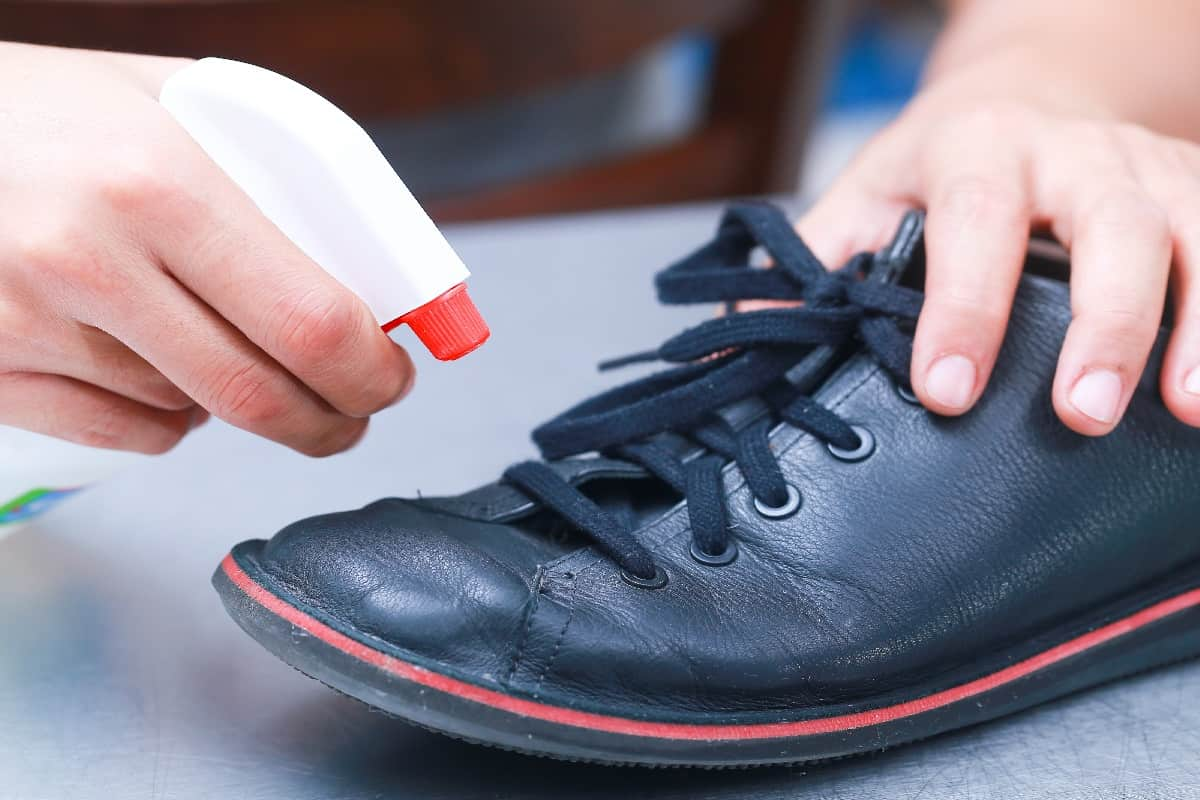
The ability to absorb perspiration and humidity and subsequently release it is also noticeable on leather car seats and leather furniture, and it is better on imitation leather than it is on real leather
However, breathability can be affected differently by different types of leather
Aniline leather, which is both sensitive and porous, has breathability that is noticeably higher than that of richly colored automobile leather
Even more impressive is the breathability of suede and nubuck
In addition, the firmness, color fastness, resistance to filth, and overall lifespan of the leather must meet certain requirements for it to be suitable for certain uses
For this reason, a color layer is often applied to the surface of smooth leather to preserve it against stains and fading as much as possible
This makes the leather last longer and looks better over time, but it has a considerable negative impact on its capacity to breathe and absorb moisture
However, when compared to artificial leather, the breathability of such leathers remains far higher than that of the latter
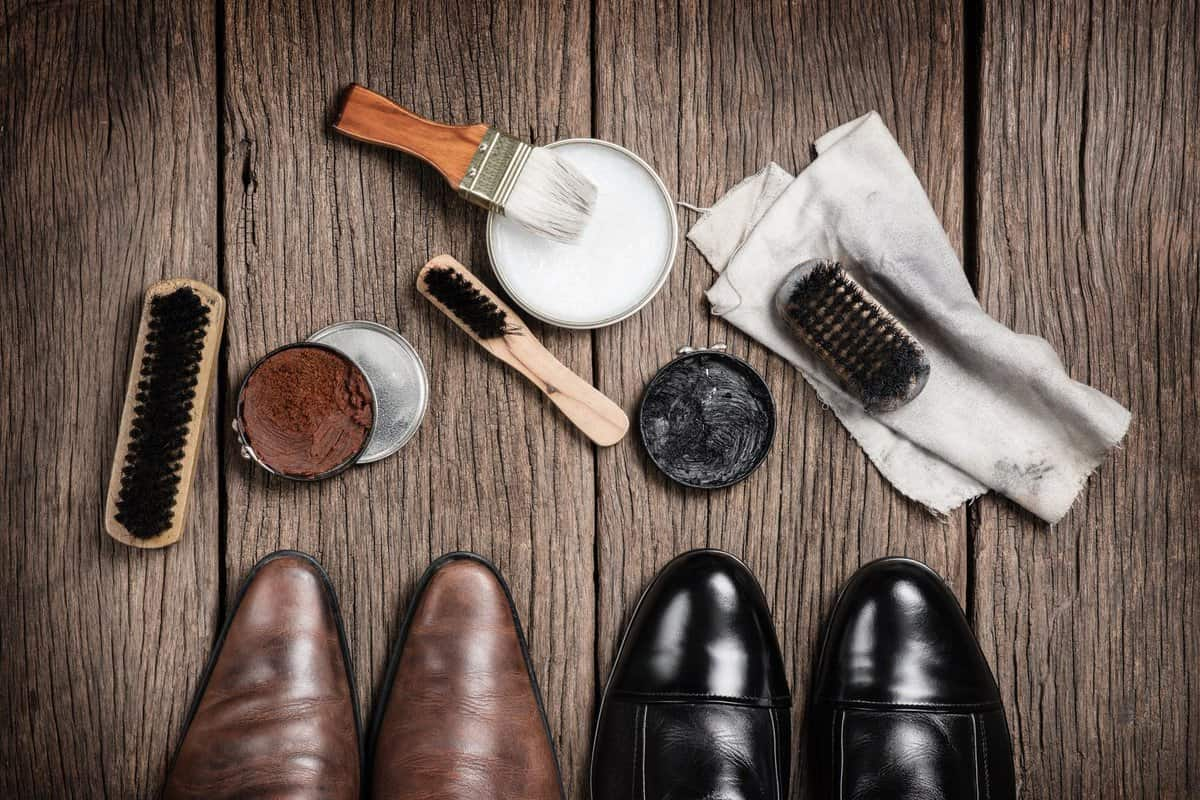
Leather Shoes Smell
it is obvious to everyone that real leather shoes have a special smell
Because we work in a leather company, we are constantly surrounded by leather
Not only do we sell cowhide, but also a wide variety of exotic leathers such as stingray, giraffe, elephant, and alligator hides
Every day, we come up early and spend the mornings and sometimes the evenings up here producing wallets, belts, and other leather goods of various kinds for our Customs
You might be thinking right about now, “Gee, isn’t it lovely to come into the fragrance of leather every day?” I mean, it’s pretty obvious, isn’t it? However, our consumers get to take advantage of the aroma more frequently than we do
Because we are constantly exposed to it, our sense of smell has gotten somewhat dulled as a result
When we unpack a new fresh batch of sides, we could be lucky enough to catch a sniff of the leather, but unfortunately, the aroma of the leather is often lost to us

But how come? Why does leather have such a distinct and unpleasant odor? The aroma of leather conjures me with images of wood-paneled, log cottages deep in the wilderness
When cows are out grazing, they don’t smell like that at all! The response to that question is really simple
The tanning process is ultimately responsible for giving the leather its characteristic odor
Chrome tanning and vegetable tanning are the two primary techniques of tanning that are used
Because our regular cowhide products are finished with a vegetable tan, or veg-tan, that is what we stock the most of here in the shop
We only utilize chrome-tanned hides for our exotics, but every once in a while we will get a chrome-tanned (chrome-tan) or oil-tanned cowhide through
Chrome-tanned cowhides are quite rare
In the end, the distinctive odor of leather comes from the fragrances and chemicals that are used in the tanning process at leather tanneries
If the smell is the sense that is most closely associated with memory, then it stands to reason those potent smells like leather would stick in people’s memories
Despite that, we aren’t too bothered by it
We simply wish that we could still smell it in the same manner that our customers do
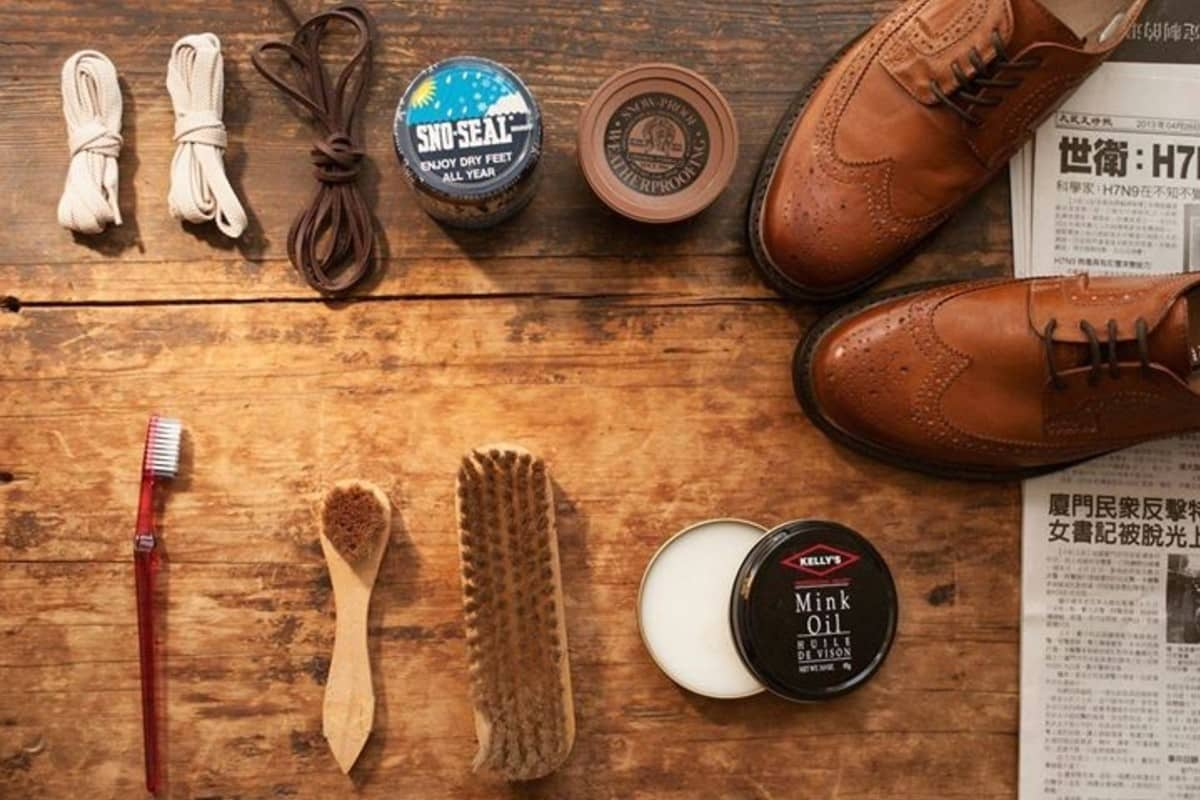
Leather Shoes Stink
one of the usual problems that people experience with leather shoes is their stink
Genuine leather is a material that is noted for its longevity, elegant appearance, ability to breathe, and simplicity of use
Because of these qualities, genuine leather may be quite expensive
However, it does have one significant negative, and that is the tendency to absorb unpleasant scents, such as tobacco smoke or sweat
Additionally, after the tanning process, a distinctive aroma can have been imparted by some newly formed natural compounds
Let’s find out how to deodorize leather goods at home and get rid of that unpleasant smell
1-Ventilating
After roughly two weeks of airing out on a balcony, a newly purchased item of leather will no longer have that unpleasant “new leather” odor
This technique can be used for a wide variety of products, including footwear, jackets, and bags
2-Ancient copies of several newspapers
This strategy will be a great answer for problems with things with inside space, such as footwear, bags, and other such products
It is required to stuff an item made of leather with old newspapers, wrap it in them, and then place it in a box that is also filled with newspapers for approximately two days
There should be no change to the odor of leather products in the newspapers
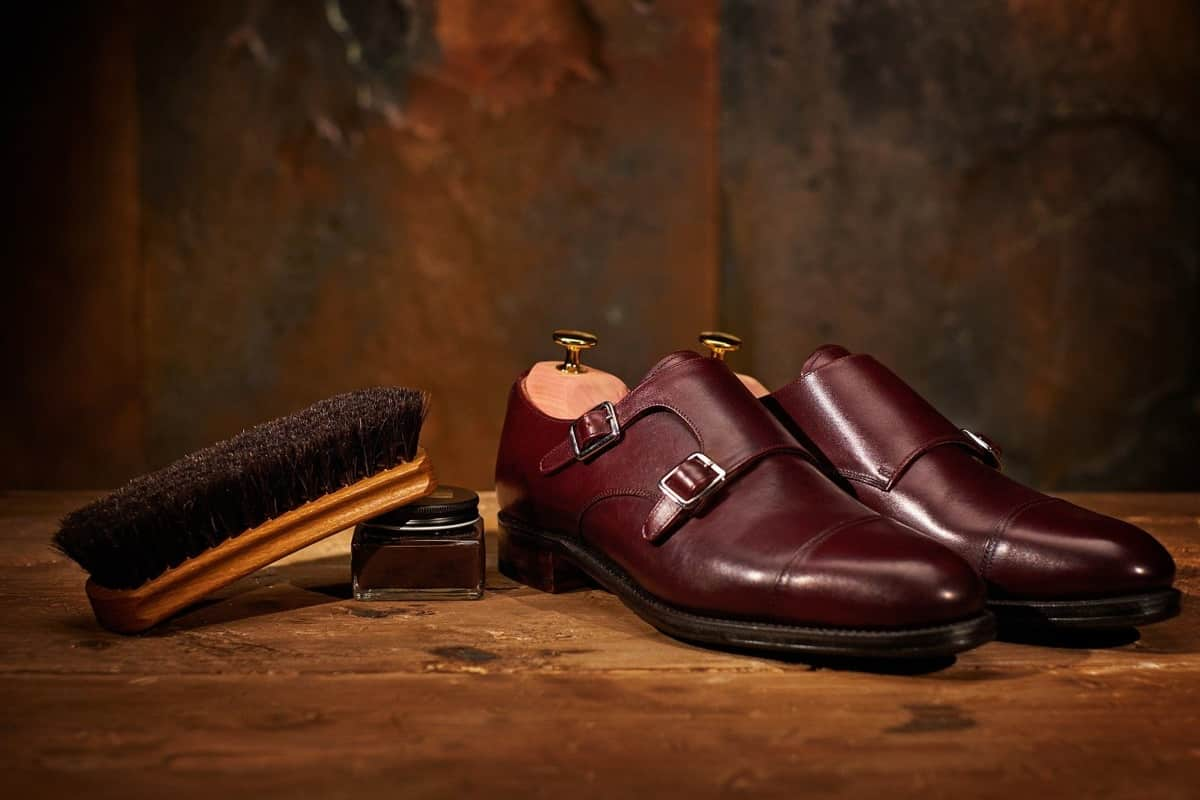
3-Café au lait or baking soda
This technique is appropriate for use with any dark leather products
It is sufficient to sprinkle some coffee or baking soda onto an object, shake these chemicals off a few minutes later, and then ventilate the items
Coffee, however, should not be used to remove the scent of new leather from light-colored items because it has the potential to stain the material
4-Vinegar or spirit containing 4-ammonia
If the tactics you’ve tried in the past haven’t been successful, you can give this approach a shot
Combine a cup of water with two tablespoons of vinegar or one tablespoon each of ammonia spirit and mild soap in a mixing glass
Test this wetness on an inconspicuous section of a leather item before you put it through the treatments it requires
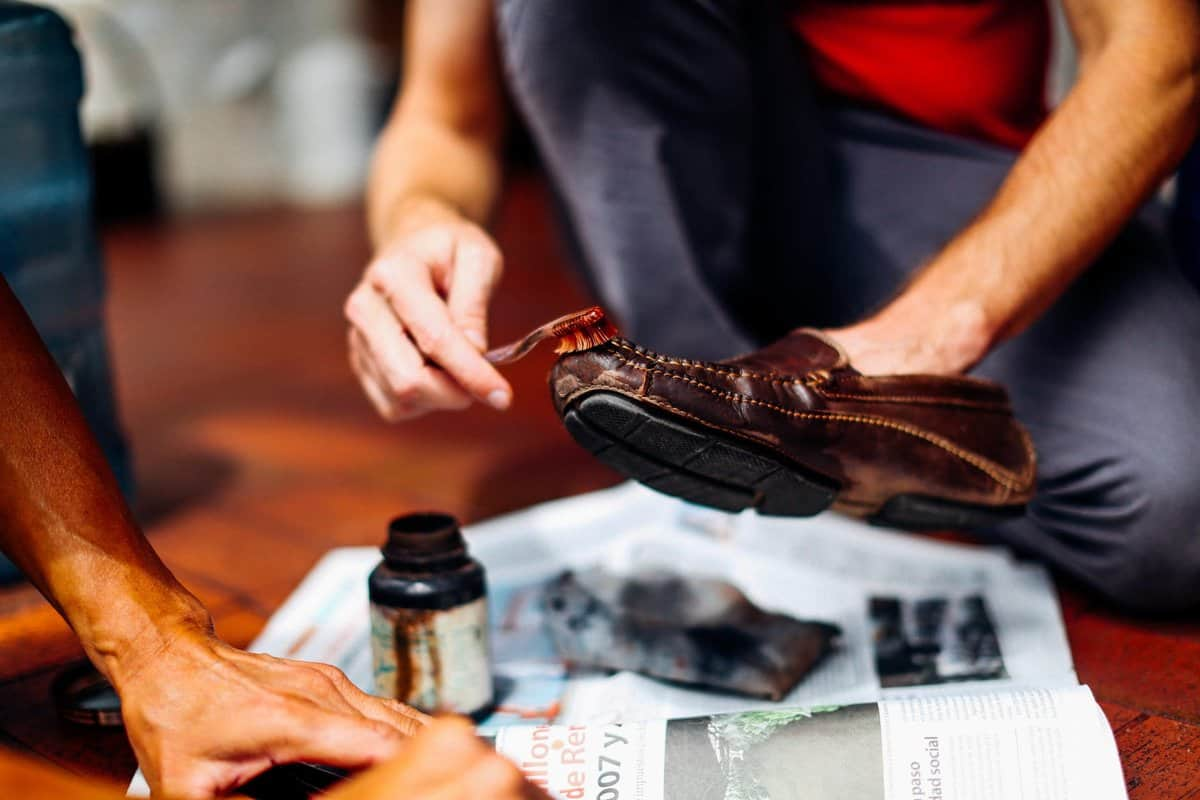
Leather Shoes Tight
I’ve had leather shoes
Dress shoes and normal shoes
I’ve had shoes that were tight and stretched, but I normally get shoes that fit nicely at first
Leather shoes should be snug
Leather can stretch and shrink to fit your feet
If your leather shoes are snug (but not pushing) and don’t rub after 10 minutes, they probably fit
Avoid shoes that compress feet or toes
Leather shoes will mold to your feet over time but shouldn’t be tight
Avoiding water and conditioning your leather shoes will help them last
You may take action to make shoes more comfortable and last longer
Shoes should never be too tight or too narrow to squash your toes
Although leather expands, you don’t want to overwork your feet
Fit right: 1-Fitting shoes tightly
Many leather dress shoes require a shoehorn to fit your feet properly

2-Wear socks
Wear socks with leather shoes to guarantee a correct fit
3-Wait to soften
Thick leather shoes may be ridged and uncomfortable, even if not tight
It takes about a week for them to feel better and acclimate to your feet
4-Condition leather if you’re keeping your shoes
Soft leather shoes won’t need to be broken in but may need a leather conditioner to stay supple
5-Daily shoehorn uses This keeps shoes looking excellent and fits properly
Leather Shoes No Socks
Have you worn leather shoes sockless or wondered what it’s like? Socks are vital for foot health, but sometimes it’s okay to go sockless if you keep your feet clean, dry, and fungus-free
Read more
Socks advantages: Around 250,000 sweat glands are found in our feet
Socks absorb extra sweat, preventing fungal and bacterial illnesses like athlete’s foot
Socks reduce blisters, calluses, and chafing by keeping shoes off bare feet
They cushion your feet while you walk and keep them warm in Calgary’s winters
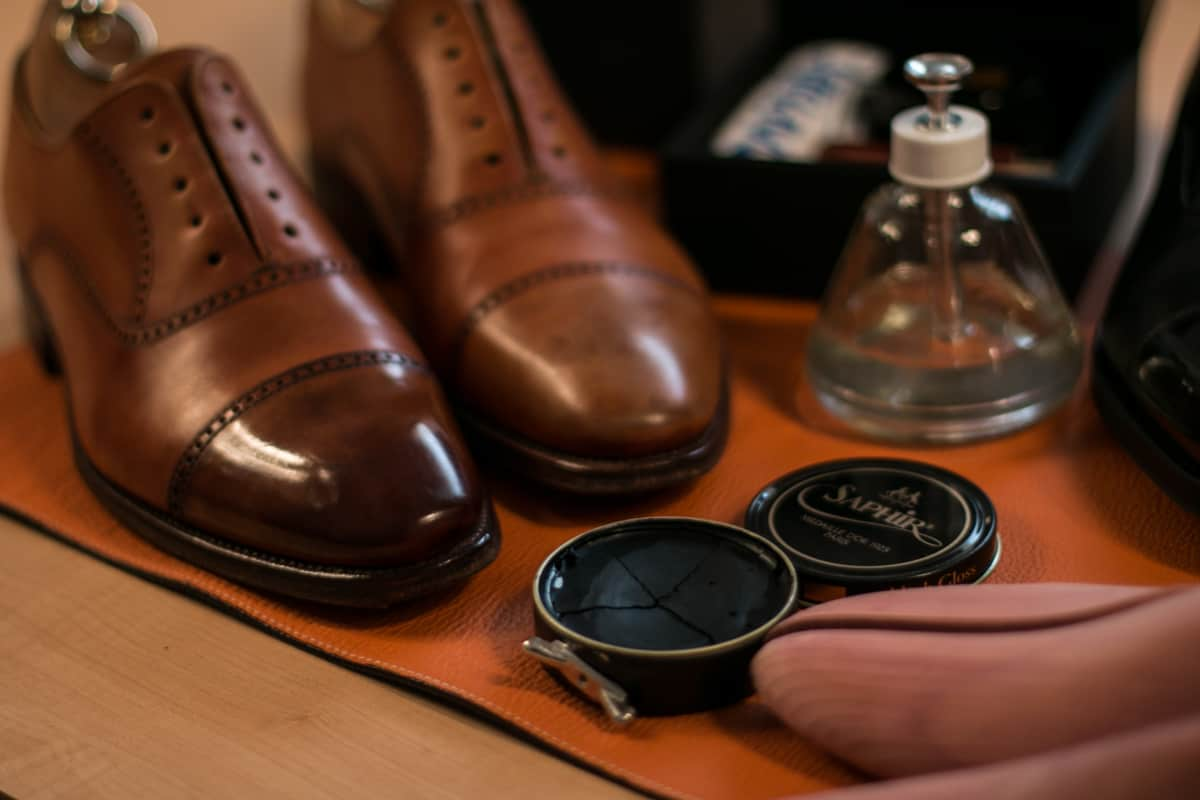
Sockless Risks
Not wearing socks can lead to athletes’ feet and other illnesses
When you wear shoes without socks, there’s no layer to absorb sweat
In this warm, dark, wet environment, bacteria and fungi thrive
Going sockless with closed shoes might make your feet and shoes smell due to sweat and bacteria
When Can I Go Sockless? It’s best to wear socks with closed shoes, but you can skip them in the summer with sandals if you wash your feet daily
If you wear closed shoes without socks, rotate pairs to allow them to dry
Foot powders and antiperspirants decrease sweating and odor
